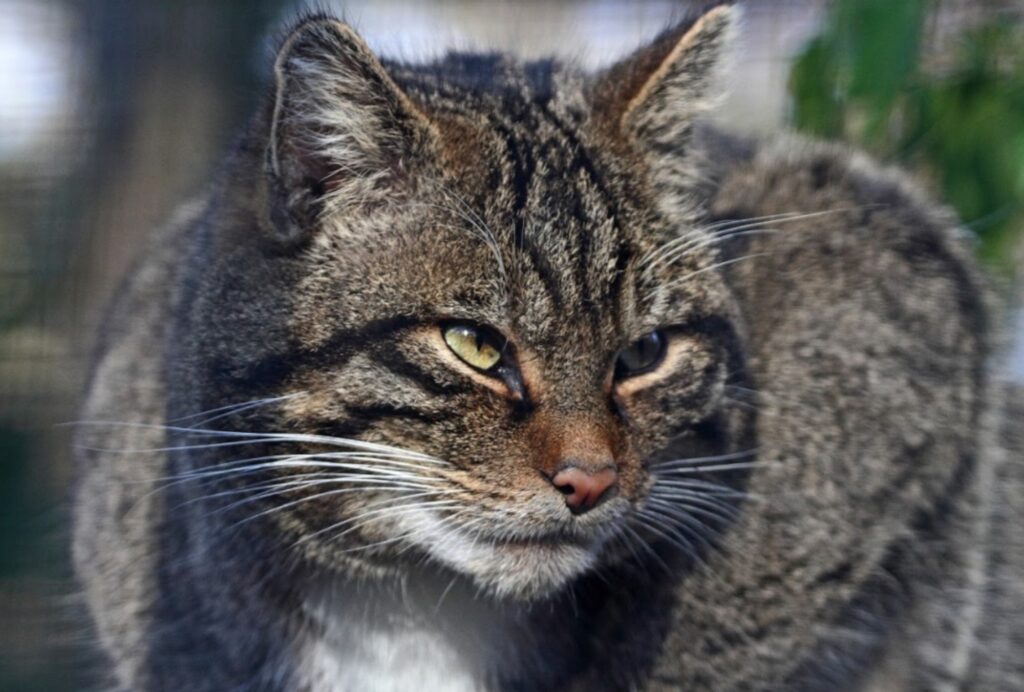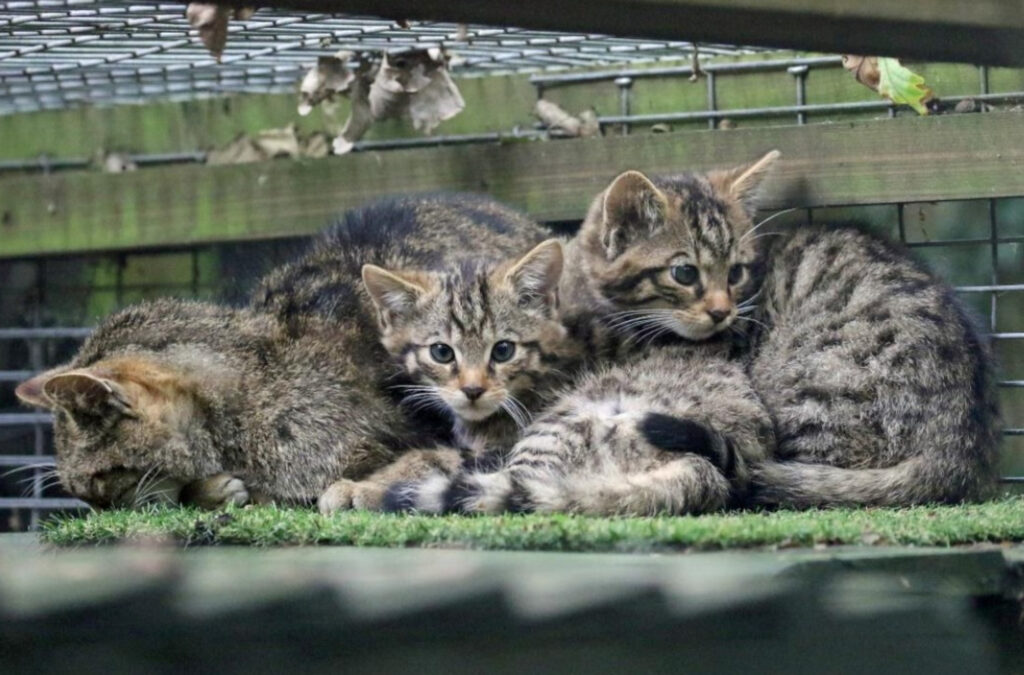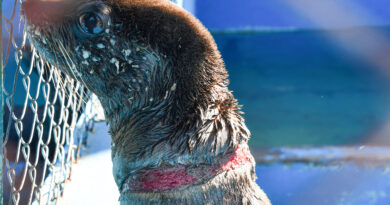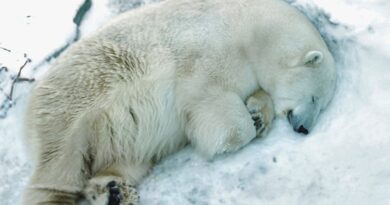First Wild Population Of Rare Wildcats Outside Scottish Highlands In 200 Years
The is the first wild population of wildcats to be established outside of Scotland in over two centuries.
The great video of the functionally extinct wildcat was filmed at Wildwood Trust, located in the seaside town of Herne Bay in Kent, South East England.
Wildwood Trust, in collaboration with Durrell Wildlife Conservation Trust and Vincent Wildlife Trust, is taking the first steps in a groundbreaking new project to establish the first wild population of the functionally extinct wildcat to suitable habitat outside of Scotland, seeing the species return for the first time since the 1800s.

The project will be the first of its kind outside Scotland and could herald a new chance after 200 years, for this iconic British species that is on the verge of extinction in the wild.
Wildwood Trust will build 10 new breeding facilities across its two sites in Kent and Devon. Each enclosure will house a breeding pair of cats, whose kittens will later be released into the wild. Wildcat mating usually takes place between January and March with litters of one to eight kittens born in April-May.
The European wildcat is Britain’s rarest mammal and the only native cat that belongs to the species Felis silvestris, genus Felis, surviving in Britain.
It can easily be mistaken for a domestic tabby, but it is a little heavier weighing up to eight kilos and has thick stripes characteristic of the body, along with a thick bushy tail with a blunt tip.

Their diet consists mainly of rabbits, when available, as well as small mammals such as mice.
The wild population is thought to be less than 300 individuals, living exclusively in the remote Scottish Highlands, but that population has been declared “functionally extinct” which means that there is no longer a viable population left in the wild.
The species was hunted and persecuted to extinction in England and Wales a century ago, resulting in its disappearance. Loss, fragmentation of habitat and more recently interbreeding with domestic and feral cats means it has not been able to return until now.
A healthy population of wildcats will help to restore the balance in the ecosystem by controlling numbers of prey animals, such as rabbits and rodents, and of predators such as foxes through competition for food.
Predators also remove vulnerable prey, such as the old, injured, sick, or very young, leaving more food for the survival and success of healthy prey animals. Also, by controlling the size of prey populations, predators help slow down the spread of disease.
Wildwood’s mission is the protection, conservation and ecological restoration of British wildlife.
Durrell’s ‘Rewild our World’ strategy focuses on recovering wildlife, reviving ecosystems and reconnecting people to nature and Vincent Wildlife Trust has worked for over 40 years to monitor and recover mammal species of conservation concern in the UK, Ireland and elsewhere in Europe.
Laura Gardner, the Director of Conservation at Wildwood Trust said: “Our goal is to return a viable and self-sustaining wildcat population to its former range.
As a leading British wildlife conservation charity, we have developed years of experience and expertise in breeding wildcats in support of the existing Scottish conservation project.
We are now excited to be utilizing these skills to benefit wildcat recovery more broadly across Britain. This will be a long term commitment for Wildwood requiring increased resources and infrastructure so we are relying on the public’s support to help.”



